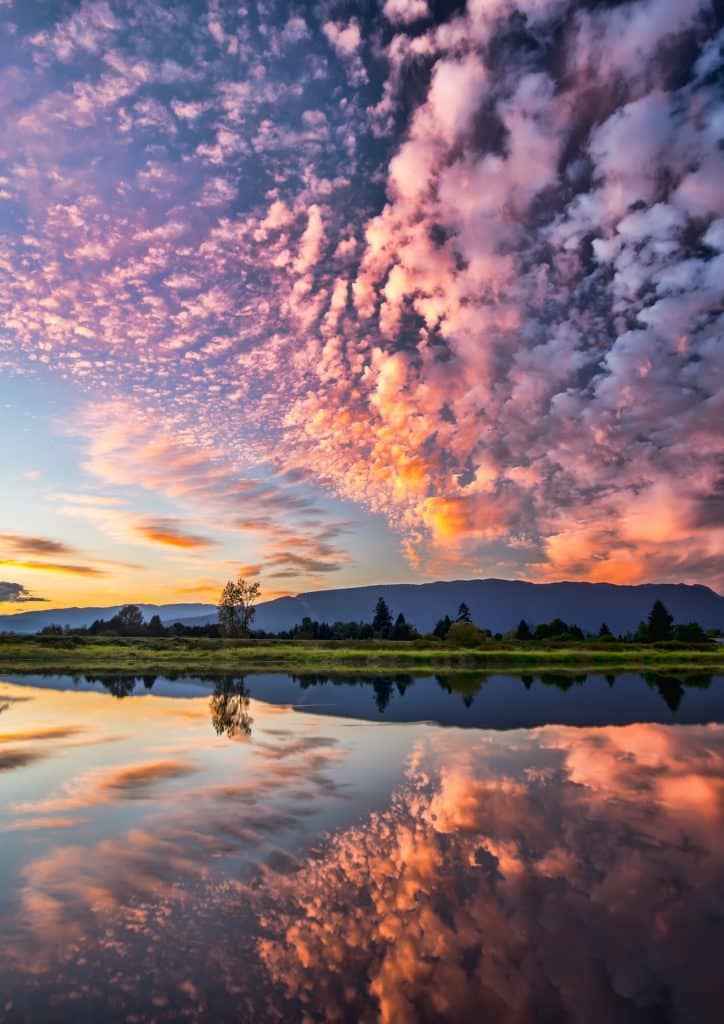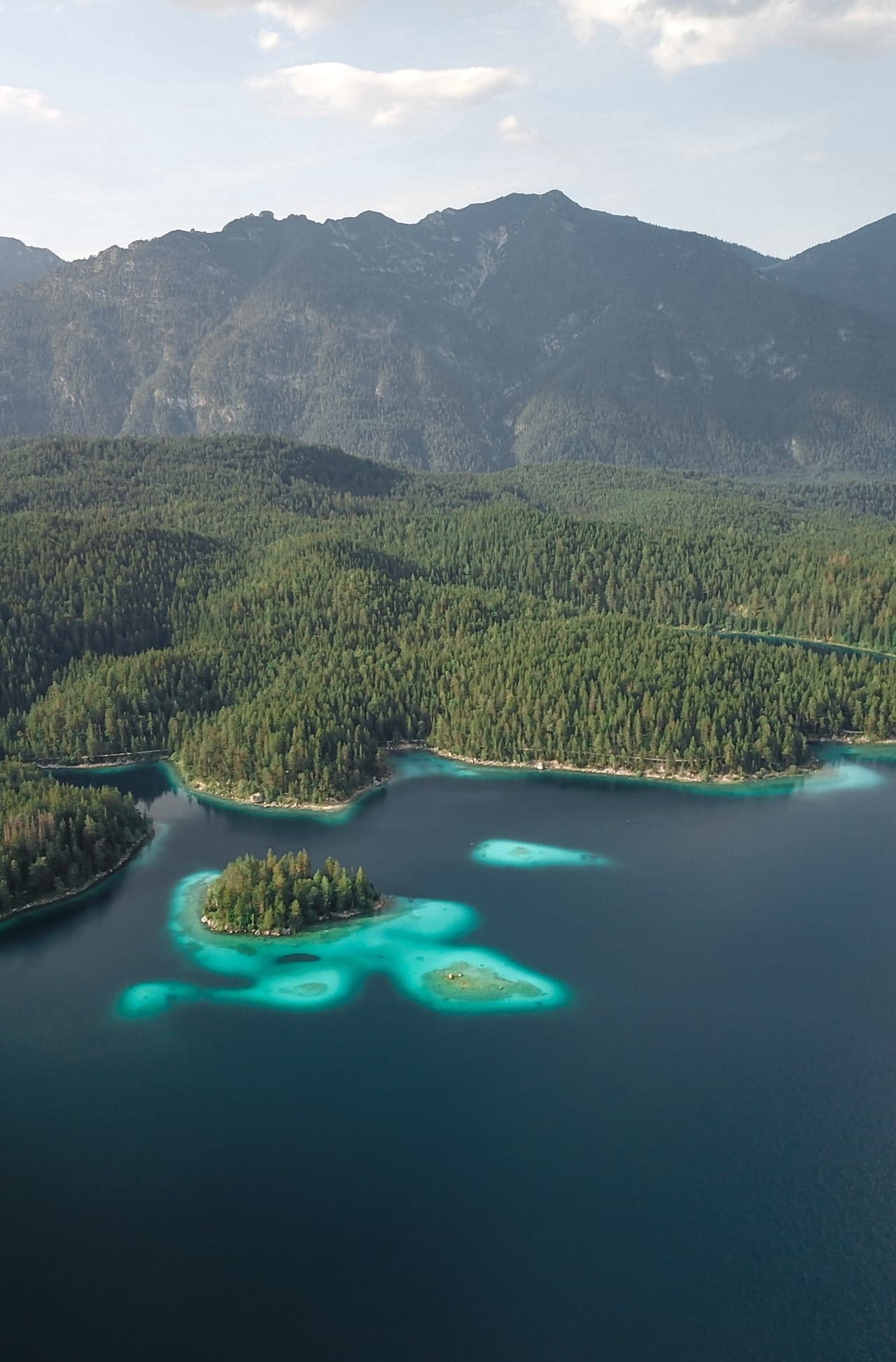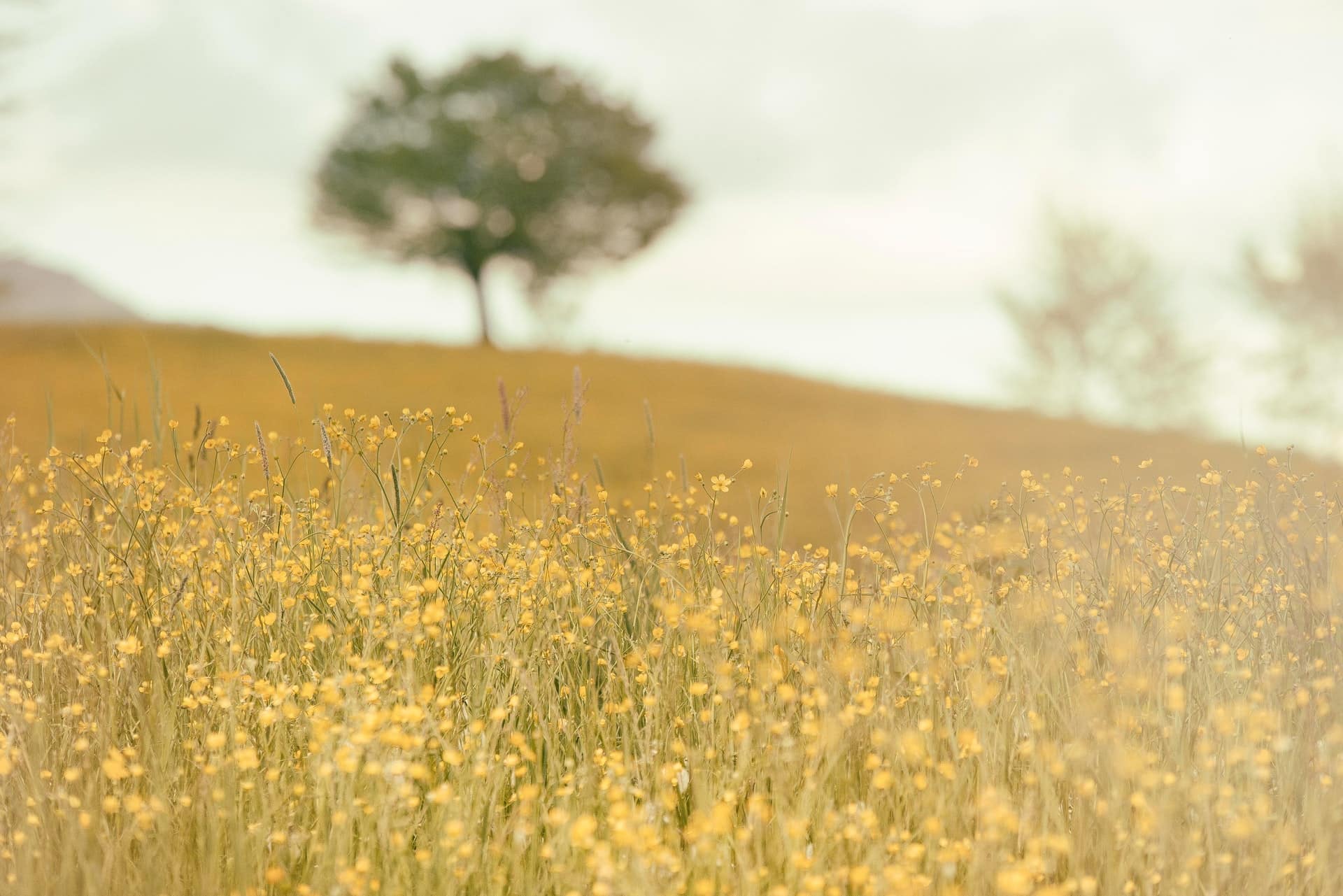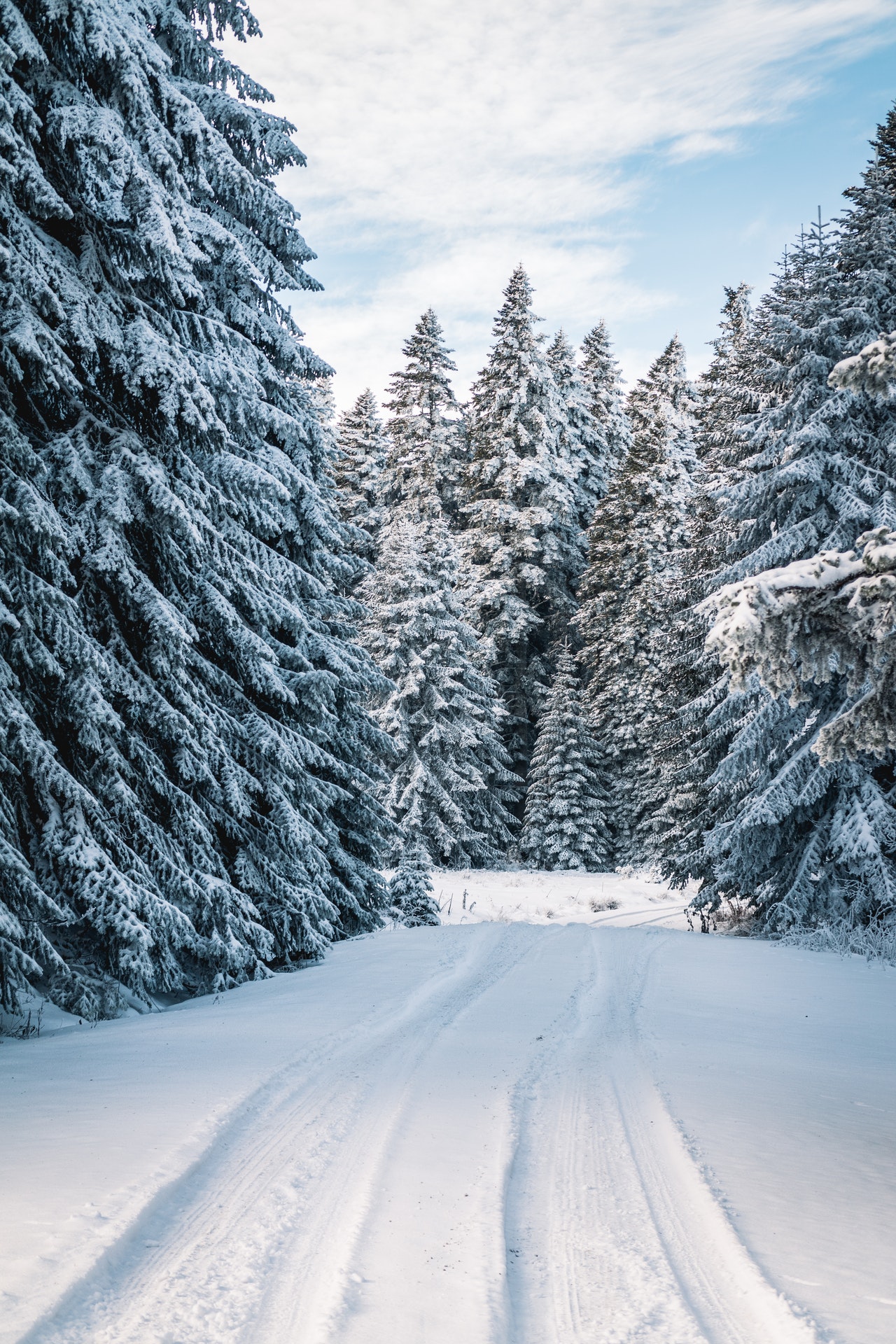If you’re interested in pursuing landscape photography professionally, it’s definitely possible to do so without obtaining a degree in photography. Going the education route may have some benefits, and it is one way to develop your skills as a photographer, but it isn’t the only way.
Whichever way you choose to go about building a career as a landscape photographer, creating a strong online portfolio that showcases your technical skills, creative eye, and unique style as a photographer in the genre is among the most important things you can work on. The only way to do this is with regular practice and by taking a ton of photos.
Many landscape photographers have a formal educational background in photography, and there are some perks to going this route if you have the time, resources, and interest. You can find a degree program at an art school, or, for less of a commitment, look for individual courses in skills that you’d like to improve upon.
By pursuing a degree in photography you’ll be exposed to many genres within the field, not just landscape photography. However, if landscape photography is your main interest, you can always try to weave it into as many of your assignments and projects as possible.
As a landscape photographer, you won’t be shooting in a studio setting, so you don’t necessarily need to be a pro at studio photography, directing models, editing skin tones, and other skills that are essential if you were to focus on, say, portrait photography. Instead, you’ll need to understand how to work in different natural lighting conditions, and all the ins and outs of how your camera settings will impact your final image. It’s less about fancy and complicated equipment, and more about becoming a pro at the fundamentals.
Another area in which getting some formal education may help is with post-production. Many landscape photos really come together in the editing process, where you can draw out the different colors, textures, and contrasts of the environment.
Of course, the downside to going through a photography program is that they can be costly and take up time that you might be better spending visiting different locations to build up your landscape photography portfolio. If you know you want to get super focused on landscape photography specifically, a general photography program may feel too broad.
If you’re more of the learn-it-yourself type, you can absolutely build up a stellar landscape photography career and start pursuing commissions, selling prints, or booking jobs without the need for a formal degree. Whatever you choose to do, to truly master the craft of landscape photography, you have to spend time outside of the classroom shooting. That’s the best way to develop a deep understanding of how to best capture the landscapes before you.
Part of standing out as a landscape photographer is developing a look or style that people associate with you. Whether it’s the tones and colors you bring out in your photos, the types of landscapes you shoot, your unique framing, or something else about your images that makes them yours, having an aesthetic or thematic thread that ties together the images in your portfolio will help potential clients know what they can expect if they hire you. The best way to develop your look is, of course, by shooting and experiementing with your craft.
As a self taught landscape photographer there are tons of resources available to you to help you improve your skills and your eye. Things like YouTube videos and articles can go a long way in helping you fill any gaps in your technical knowledge. Spending time studying the landscape portfolios of other photographers you admire, and identifying what it is about their images that makes them work, can help you zero in on the kinds of images you’d like to create yourself.
One of the nice things about school that you miss out on as a self-taught photographer is the quality, honest feedback from other professionals. Constructive criticism can be a powerful learning tool, so if you can find some other way to get it as a self taught photographer, you’ll only become better at your craft.
One way to do this is by submitting your work to publications and contests. You may not get the most detailed feedback, but it can help give you a better understanding of which of your images resonate most with a wider audience.
The best way to go about getting paid clients as a landscape photographer will depend on the type of landscape photography you want to do. If your landscape photography leans more in the direction of art photography, your approach will be different than if, say, you were targeting sportswear clients for commercial gigs.
No matter what kind of landscape photograph you plan to do, it’s essential to have a thoughtfully curated portfolio that showcases your best work and gives the viewer a good sense of the breadth of your skills. You’ll be sharing your landscape photography portfolio widely, so you want it to be an excellent representation of your abilities.
If you want to sell prints and show your work in galleries, you’ll need to get involved in your local art scene and look for opportunities to show your work. Getting your work published can also help your career, since having publications to your name can help legitimize you and show that there is a wider audience for your work.
If you’re planning to explore a more commercial route, landscape photographers are regularly commissioned by tourism boards to create images for advertising their region. Travel and nature publications are also potential clients. Finally, you can pitch to brands that have products that can be advertised with landscape imagery, such as car companies and outdoor gear companies. Whichever of these is most in line with the kind of work you want to be doing, make sure you’re gearing your portfolio toward that kind of imagery.




